Michael E. Billington, MD, reviewing Gaspari R et al. Ann Emerg Med 2025 Jun 30
Point-of-care ultrasound early in cardiac arrest detected previously unidentified shockable rhythms, but outcomes didn’t improve.
Electrocardiograms (ECGs) are used in every step of cardiac arrest resuscitation algorithms. However, during resuscitation, ECG artifacts or misinterpretations can lead to inaccurate rhythm identification and incorrect management paths. Researchers prospectively evaluated 811 U.S. and Canadian adults with out-of-hospital cardiac arrest with both ECG — with 1 to 3 leads — and cardiac point-of-care ultrasonography (POCUS) within the first 3 resuscitation pauses. Occult ventricular fibrillation (VF) was defined as VF seen on POCUS images but not via ECG.
Occult VF occurred in 5% of cardiac arrests. Patients with occult VF — compared with those who had ECG-identified VF — were significantly less likely to undergo defibrillation (30% vs. 54%). Survival to hospital discharge was similar among patients with occult VF or ECG-identified VF (≈6%).
Citations
Gaspari R et al. Incidence and clinical relevance of echocardiographic visualization of occult ventricular fibrillation: A multicenter prospective study of patients presenting to the emergency department after out-of-hospital cardiac arrest. Ann Emerg Med 2025 Jun 30; [e-pub]. (https://doi.org/10.1016/j.annemergmed.2025.04.014)

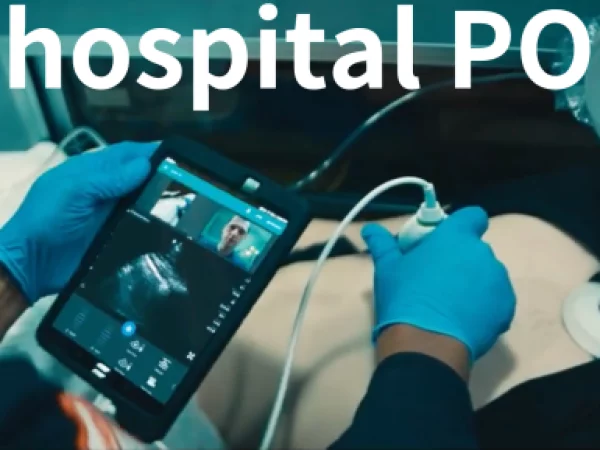

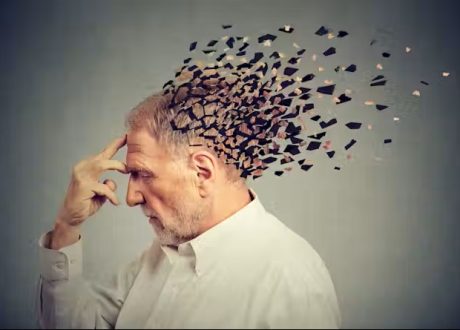
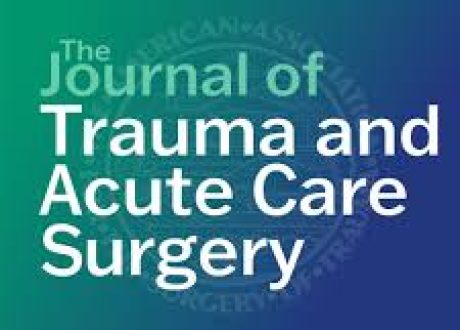
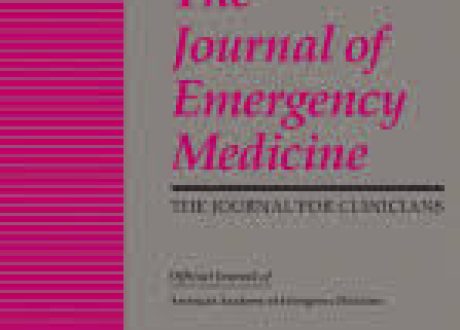
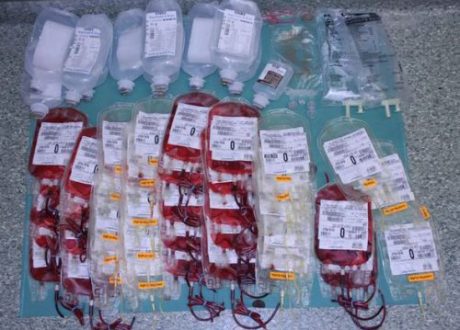

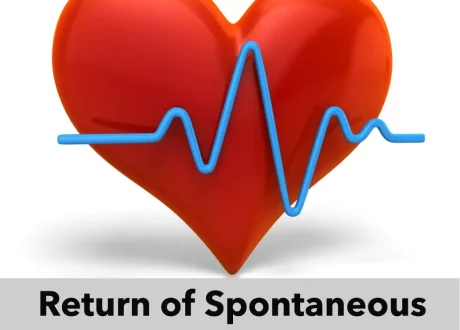
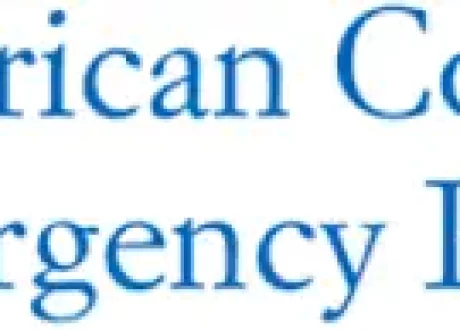
Comment
Although relying on ECG alone might risk missing a shockable rhythm, this study of out-of-hospital cardiac arrests did not show outcome benefit of cardiac POCUS to assist in rhythm identification compared with traditional ECG rhythm identification. We do not have information about whether chest compression pauses to use POCUS delayed resumption of compressions. That, and the low rate of defibrillation in both ECG-VF and occult-VF groups, might explain their similar low survival. POCUS might have limited utility during cardiac arrest (e.g., identification of cardiac tamponade or large pulmonary embolus), but its use should not be extended to rhythm identification just yet.